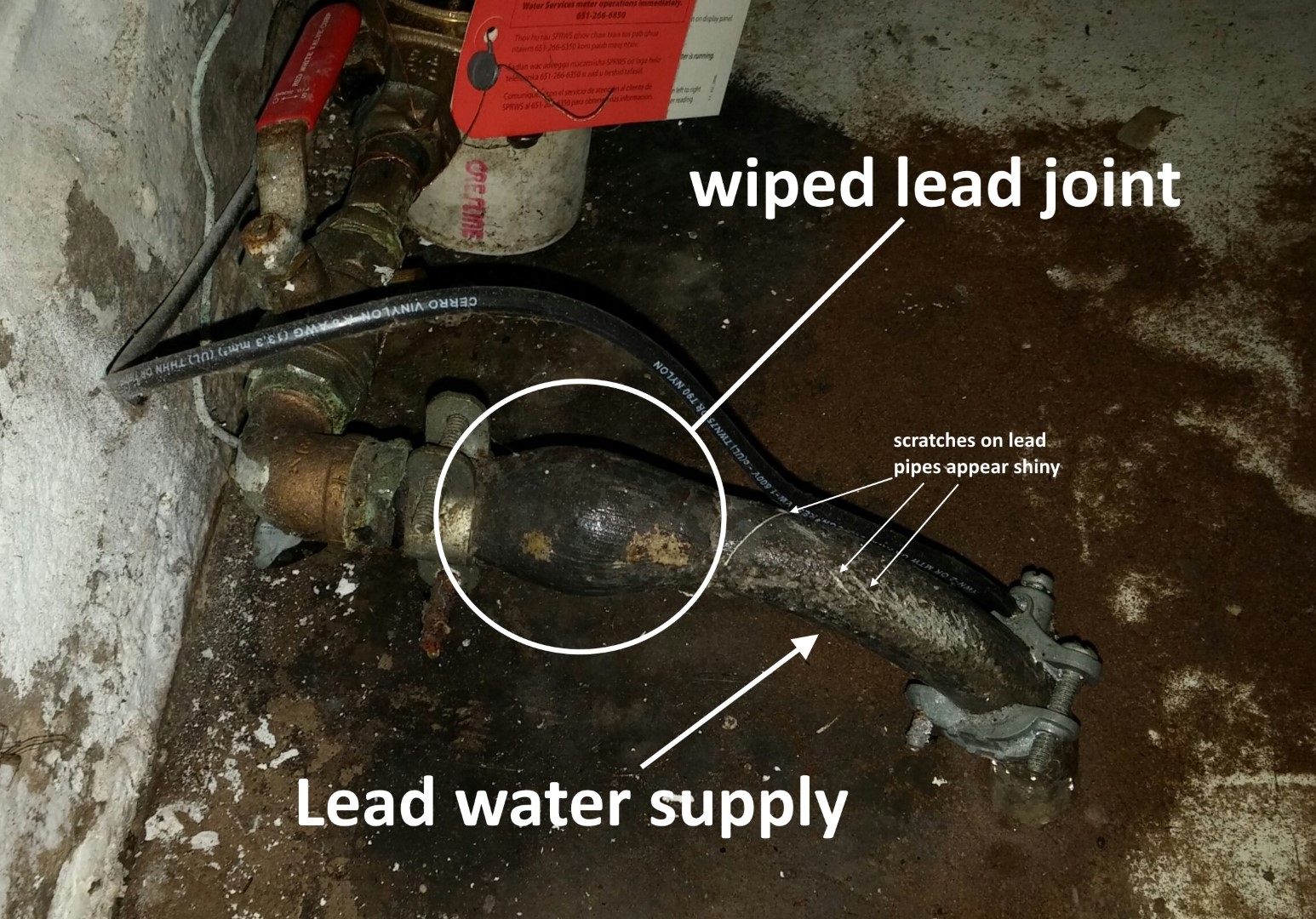How In Which To Fix The Particular Pipe Outflow
How In Which To Fix The Particular Pipe Outflow
Blog Article
We all know that sound. The water constantly running because your toilet won't shut off. How do you stop a running toilet? Actually it is pretty simple once you know what you are doing. So don't let that annoyance bother you anymore. We are going to fix that problem for years to come and it will only take about 10 minutes. Ready to get going?
It takes time to become a good plumber, i.e., he has to spend more time for his career to be successful. There are many areas where a trustworthy plumber like "wet only plumber" & in "Gas Industries". In the first type work is done in homes such as fitting bathroom, sprinkler system. Second type is very sensitive. To work in a gas industry one has to first achieve Council of Registered Gas Installer Certificate. Some plumbers normally work in domestic areas such as leaky taps & blocked sinks etc. Normally whatever field a plumber chooses the basic thing he must know is Water Regulations & Building Regulation.
If you find that the water line repair leak is in the supply line you will need to replace it or simply tighten it. Start by turning the water supply off and then flushing the toilet to get rid of the excess water. Now use the towels to dry the area so that it is easier for you to fix the leak. Use a wrench to loosen the hexagonal nuts on the supply line at the main end as well as the one which goes to the flush tank. Now use the replacement supply line which you have and tighten the bolt at the supply end first. Now adjust the length that you will need for the pipe to reach the flush tank. Once you adjust the length use a knife to cut the extra length and then tighten the hexagonal bolt at the other end.

A c clamp or hose clamp is use full for securing or holding the rubber used to seal leaks on piping. However, a clamp should be used carefully considering the type of pipe being repaired, clamping too tight will fracture the pie leaving you with a bigger problem than you started off with.
Blisters in asphalt or felt roofs only need to be treated if they contain water or have caused the roof covering to leak. Press the blister to check if moisture is expelled. If so, it must be sealed with a patch.
Keep an eye on any leaks in and around the house. Inspect taps, pipes and your roof regularly. Watch for leaks and if you find them, get it water line repair as soon as possible.
If you plan to replace fixtures, you may be able to do this on your own. Buy the same style or functional fit and then turn off the water to make the switch. Follow the directions provided by the manufacturer to get the job done.
Then, you can take your new shower parts home and reinstall them in the inner assembly. It is very important that everything be aligned properly and tightened to prevent leaks. Beware of over tightening, however, since this can also cause problems. Once you are sure everything is installed properly, replace the cover plate and turn the water back on to test your repair work. With a little bit of work, your do-it-yourself shower repair project can be a success. It does not take an expert, just a little effort and know how. Report this page